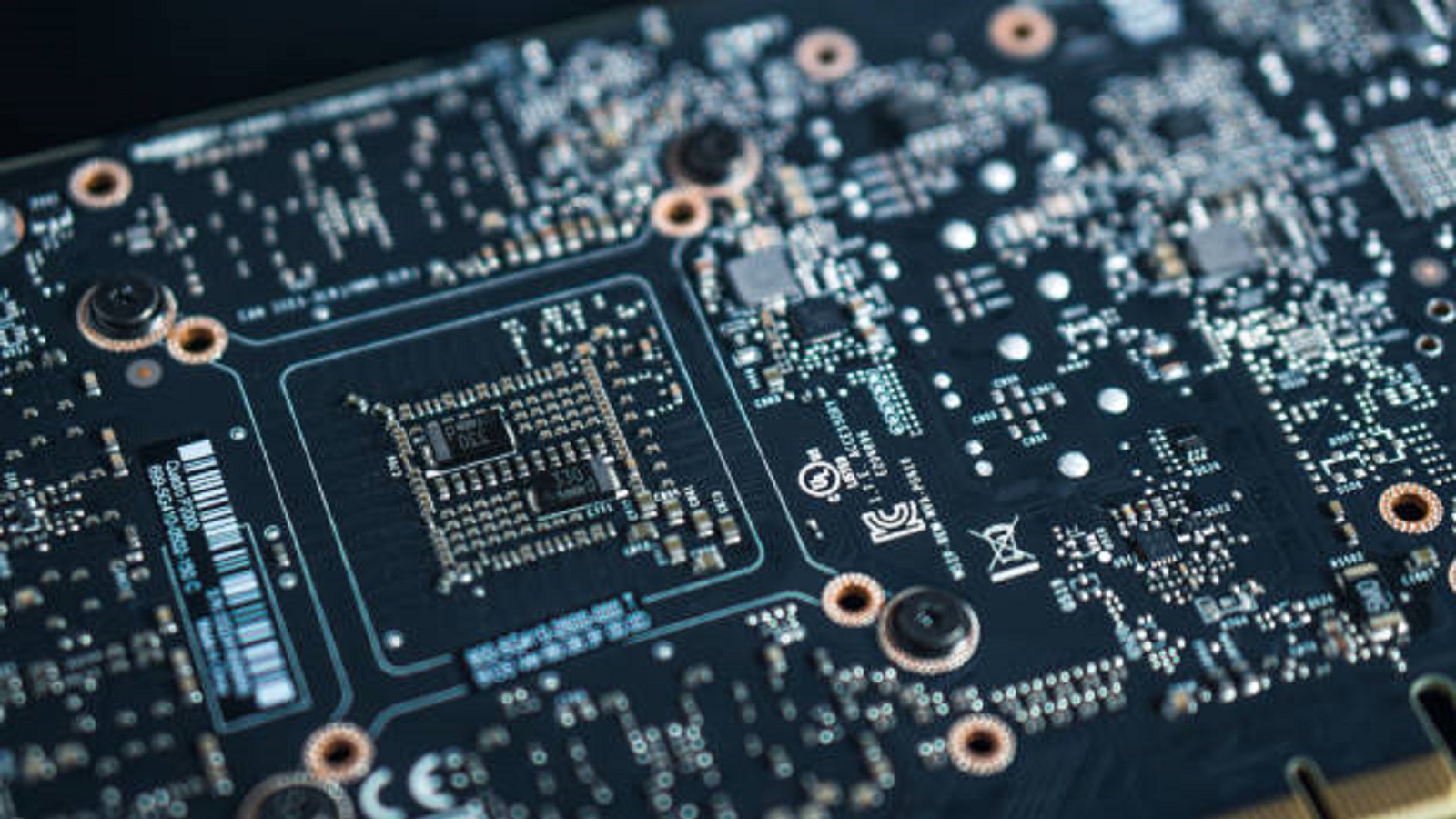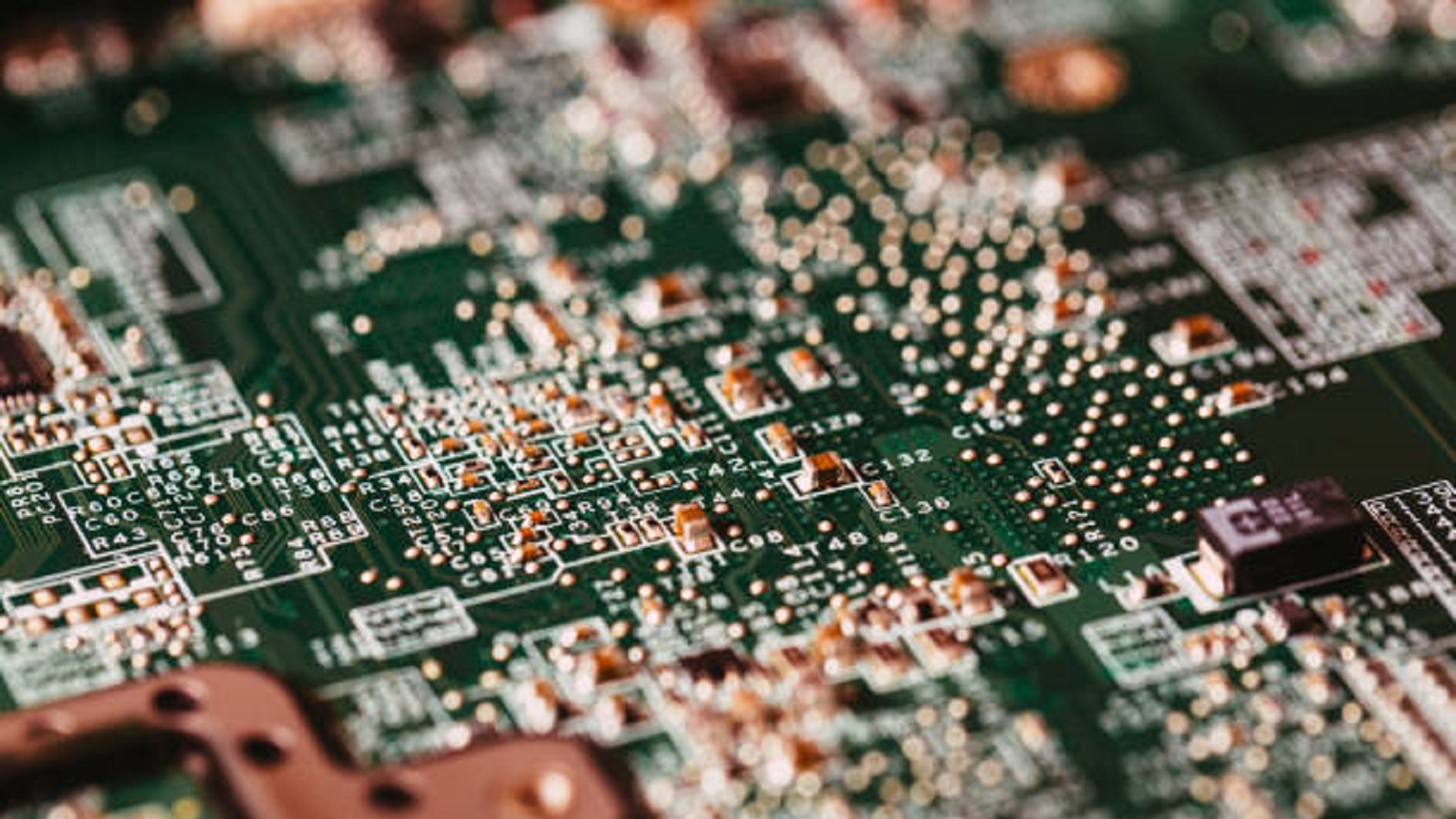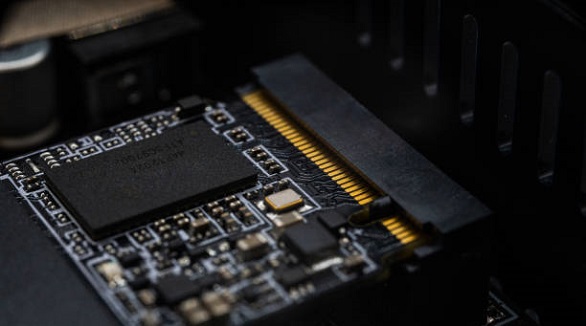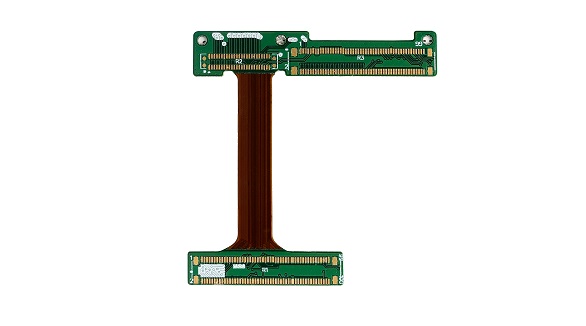Micro-Hole Technology for HDI PCBs
HDI PCB micro-hole tech enables miniaturization, enhancing device efficiency, performance, and reliability, revolutionizing electronics in various industries.
HDI PCB micro-hole technology is now bucking that trend in engineering strategy in the industry by enabling the design and development of smaller, lighter, and stronger electronic devices.
HDI PCBs differ from other PCBs in that they can have more functionality within the same area by offering features such as thin traces, closely packed components, and laser-drilled microholes. These microholes are normally less than 150 microns in diameter and connect several copper layers so as to provide for complex interconnections to bring out high-density chips that are used in modern electronics. The miniaturization is very vital in most industries, where the switch to smaller and efficient components is quite rapid.
The Architecture of HDI PCBs
HDI is a buried, vialess technology comprising one or more interconnect layers with both stacked and staggered micro-holes. Advanced designs are for multilayer stacked copper-filled micro-holes that have increased flexibility and reliability for fine-pitch components like Chip-On-Board (COB) and Ball Grid Array (BGA). Advanced Laser Technology At PCBX, we use advanced laser technology for efficient drilling of micro-holes and can optically align with pads for superior routing density and efficiency.
Because HDI PCBs control the thickness of copper on inner layers, it is possible to fabricate thinner traces. Micro-holes positioned directly on such traces eliminate the necessity for extra pads, thus improving routing density and thermal management, which is critical in high-power applications.

Key Advantages of Micro-Hole Technology
Space Efficiency and Cost Reduction: One of the key advantages of micro-hole technology is that it saves both physical space and manufacturing expenses. Micro-holes reduce the need for larger fan-outs, allowing for direct placement on pads and a reduction in the number of PCB layers. This reduction causes a reduced stack height, lowering production costs.
Improved Electrical Performance: Micro-hole technology enhances electrical performance by shortening signal pathways, hence lowering power loss. It allows for high-speed data processing, which is required in complex electronic devices, promoting innovation in the telecommunications and consumer electronics industries.
Increased Reliability: Selection of matched CTE materials in the manufacture of micro-holes for filling improves the reliability of HDI PCBs. These prevent cracks, which would easily be caused by thermal cycling and stress under extreme conditions. PCBX had these innovations put to comprehensive testing, with eventual improvement on reliability at PCBs.
Design Flexibility: Micro-hole technology provides the designers an ability to optimize component placement and trace routing. While SMT continues the process of being developed with new geometric configurations, like flip chips, such capabilities assume paramount importance in keeping pace with the most advanced practices.
Applications
Micro-hole and HDI technologies have brought a revolution in many fields, ranging from consumer electronics, telecommunications, and avionics to military applications. HDI printed circuit boards further enable the development of products such as 4G communication systems, touch-screen devices, and intelligent military equipment.
With continued advancements in SMT technology, the ability to fabricate more and more advanced components became dependent upon the developments in micro-hole technology. The drilling of small holes that lasers can do-in some cases, as small as 100 microns-effectively replaced larger mechanical drills that were inadequate for the precision of today's and future advanced components.

Micro-hole technology has so far been one of the major HDI PCB development milestones, opening further avenues to innovativeness from both electronic device designers and manufacturers. At PCBX, we continue to focus on leveraging such technologies for innovation, efficiency, and cost-effectiveness in solutions that meet and surpass the expectations of our customers. With each evolution in technology, methods and capabilities adapt further to secure top positions in PCB manufacturing. This speaks to our commitment to quality and innovation, placing us at an edge in the rapidly changing world of electronic development.
Hot Tags:
Contact us

If you can't find what you're looking for, please contact us.
Article

Black FR4 PCBs offer aesthetic and functional benefits, including light blocking, heat dissipation, and enhanced signal performance, suitable for electronics.

Flex PCBs fit into devices, saving space, while Rigid-Flex PCBs combine flexible and rigid parts, ideal for varied applications. PCBX offers custom designs, rapid prototyping, and high-quality manufacturing.

Aluminum PCBs are widely used electronic boards with comparatively better heat dissipation properties. The aluminum core cools down the components of the product, thereby improving its performance. These are eco-friendly, light, and strong PCBs and hence appropriate to be used in audio equipment, power supplies, and lighting products such as LED lighting.